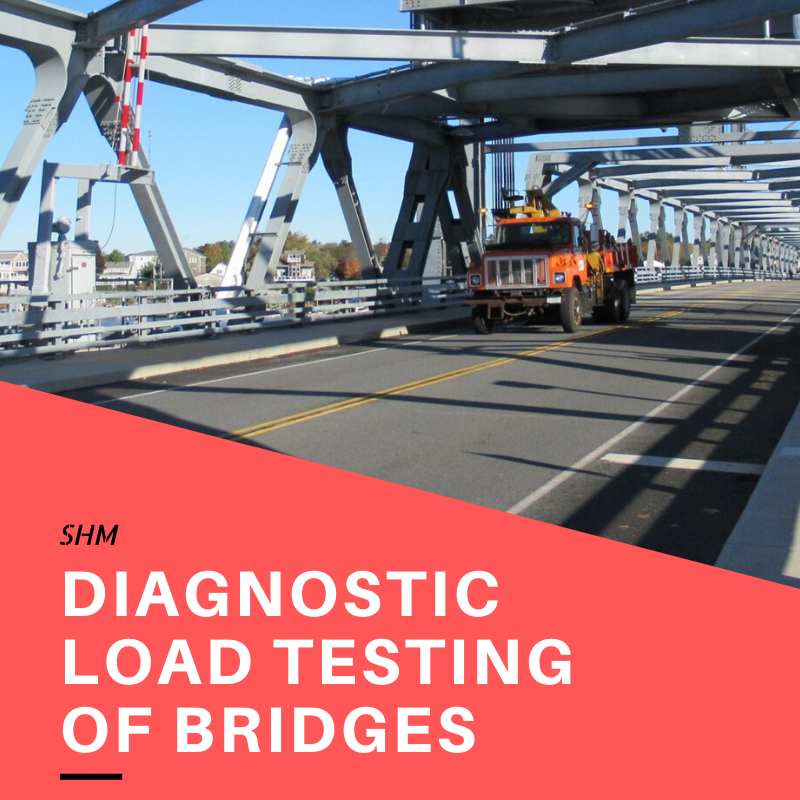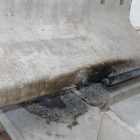Ground-Borne Vibration can be a serious concern for any building or structure within or adjacent to a construction zone. These structures may be potentially impacted by vibrations emanating from construction activities such as demolition, compaction, excavation, blasting, pile-driving, and operating heavy earth-moving equipment. In extreme cases, the vibration can cause damage to adjacent buildings and create discomfort and annoyance for building occupants. This is a particular concern to heritage structures and vibration-sensitive facilities such as hospitals, research laboratories, MRIs, and laser eye technology centers. This article provides a brief review to Ontario Building Code, with respect to Regulation of Vibrations from Construction Activity.
Monitoring of Vibrations during Construction
As part of the Ontario Building Code, Toronto is one of the first cities in North America that mandates Assessment of Construction-Related Vibrations to ensure that minimum building standards are met. This regulation aims to minimize adverse effects of ground-borne vibrations on adjacent buildings and structures within the “Zone of Vibration Influence”.

Construction activity shall not be carried on when the records show the measured vibration exceeds the Prohibited Construction Vibration Levels set out in Table below.
According to Toronto Municipal Code-Chapter 363-Building Construction and Demolition:
-
Frequency of Vibration – “The rate of oscillation that occurs in one second, measured in hertz where one hertz equals one cycle per second.”
-
Vibration Peak Particle Velocity – “The maximum rate of change with respect to time of the particle displacement, measured on the ground, and velocity amplitudes are given in units of millimeters per second from zero to peak amplitude.”

Zone of Vibration Influence
To prevent unnecessary disputes between developers and residents, an assessment can be undertaken prior to construction activities to identify the area surrounding the site that may be subject to vibrations (Zone of Vibration Influence). This study will determine the number of existing structures that need to be surveyed by way of a pre-construction inspection for existing flaws such as foundation cracks, drywall cracks, etc. before construction begins and/or identify the number of houses, if any, that require vibration monitoring during construction.
There are various parameters that are involved in identifying the zone of influence which should be identified by a professional engineer. Examples include:
- The precise location of the source of vibration
- Soil conditions of the construction site and adjacent land
- Whether the proposed construction will be above or below the water table
According to Toronto Municipal Code-Chapter 363-Building Construction and Demolition:
-
Zone of Influence – “The area of land within or adjacent to a construction site, including any buildings or structures, that potentially may be impacted by vibrations emanating from a construction activity where the peak particle velocity measured at the point of reception is equal to or greater than five mm/sec at any frequency or such greater area where specific site conditions are identified by the professional engineer.”







Mark Svinkin
What is the basis of the Prohibited Construction Vibration levels? If you are interested, we can discuss construction vibration problems.
Mark Svinkin
If you wish, we can discuss construction vibration problems.
Ravi Ranade
Is there any standard / code / literature / guidelines which gives the limiting values of permitted vibrations due to any kind of vibrations for various types of structures like residential, industrial, hospitals, bridges, and for types pf constructions like steel structures or RCC buildings.
We typically get the inquiries, that client wants to know whether the vibration created by D G Set kept over a slab in a residential building or vibrations created by various machine on Industrial floors are safe or within limit or not, for the particular member or for the entire building
Can you also suggest some good references of the literature on Vibration measurement & Analysis of Civil Structures
BADAM SUNDARA RAO
The Structural health monitoring is very much needed. There are no proper publications on this. Thanks for your articles.
Site Works Bay Of Islands
It is beautiful article stating about monitoring of ground borne vibration from construction and demolition. I am really happy to come across this exceptionally well written content. Thanks for sharing and look for more in future! Great points!! I love this blog; please keep updated us with such information.
Justin
I can gain the knowledge from your post. Thank you for sharing this information with us.
jamil
A construction claim can be produced when a party requests compensation not anticipated in terms of the original contract or the contractor’s failure to meet contractual terms. We know that there are some instances where things beyond our control happen, and for that, you must be ahead of everything. One way to prevent construction claims is to have a well-written contract.
You may also read my blog about Simple Steps for Preventing Construction Claims
Thank you.
David BC
This " Monitoring of Ground-Borne Vibrations from Construction and Demolition " gives a big helped to demolition service Surrey, before doing their job on a certain location as what the status of the ground. I really loved how you discussed it in your blog, thanks for posting.
Mark Mason
I just read your article about the new construction regulation in Toronto for ground-borne vibrations. It's an interesting topic and I appreciate you taking time to share this valuable information.
Adam Golightly
I can understand how a company could really benefit from monitoring their site to ensure that there isn't any damage caused. Making sure that they can get some help from a professional could allow them to be safer. It was interesting to learn about how they should find any cracks in the drywall, and foundation with an inspection before the construction begins.
Stonemason
I just finished reading your post on. I am an engineer who specializes in ground borne vibration monitoring and mitigation through pre-construction surveys. Your article made me think of another important point that many people are not aware of - Zone of Vibration Influence (VOI).
Lisa
Hi ,I love about 500 m or so from a construction site that have been in progress for at least a year.I am experiencing ground borne vibration waves all day and night.It used to be certain times during the night which I put it down to the generators,but now excavating is taking place the noise as I say seems to be constant.Environment health have said they can't hear it but we in the house can hear it for sure.
It's a drone noise on and off that penetrates the pillow also when your trying to sleep.
Could you send some light on this for me as I feel like I'm losing the plot.